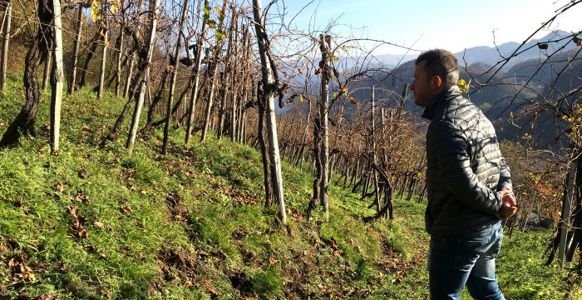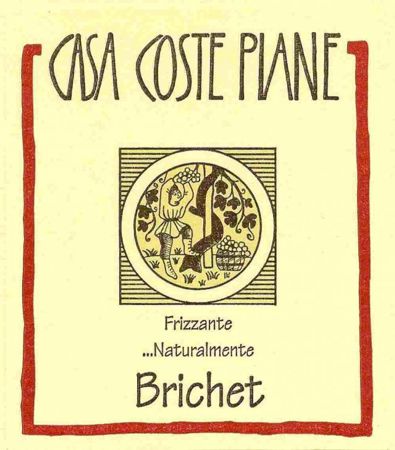Casa Coste Piane

Casa Coste Piane Gallery
Thank you to importer Louis/Dressner for this estate profile.
Loris Follador and his sons Raffaele and Adelchi come from a long line of farmers in Valdobbiadene. The family had vines on the steep hillsides when the flat areas of the valley were still pastureland and turnip fields and the main local industry was the nearby pottery and tile factories. Now those flatlands are full of vines, and commercial prosecco with a capital “ P” -that insipid, slightly cloying, and frankly disgusting wineis the main economy of the region.
Thanks to his father and grandfather, Loris and his two sons have never had to plant a vine. This is a good thing because their vineyards are absurdly steep and the soil is very shallow, hitting solid limestone or sandstone rock in a few centimeters. As a result, the vines are all 60 years or older, planted in high pergola on steep hillsides. In high season, the vineyards give the impression of a primaeval vine forest. The Folladors are well aware of this fortunate legacy and treat it with the reverence and respect it deserves. No herbicides, pesticides or fertilizers are used. It’s impossible to plow here, but it’s really not necessary with vines of this age; they’ve long ago found their sources deep within the stone formation below and are not in competition with any surface vegetation. The harvesting is, of course, by hand and would seem, especially in the steepest spots, near impossible. Most importantly, the focus on the vinification and the cellar work is to express, as simply and directly as possible, the potential minerality and the terroir of these vines. Loris follows a tradition of winemaking that was handed down to him from previous generations without adopting any of the methods and “improvements” that followed the economic boom of the 1960’s, but with a certain regard for technological innovation. The grapes are immediately pressed using a pneumatic press (a relatively modern invention that is more efficient and allows for cleaner, fresher juice than a vertical press). The must is then partially fermented and the lees and juice are separated and the lees cleaned through filtration. At one time a cloth membrane that resembles a very large tea sack was used, but these days they use a paper membrane. The cleaned juice and filtered lees are reintroduced together in bottle in the late winter and referment by early to mid-summer, creating its own bead and a carbon dioxide environment that prevents oxidation without the use of sulfur. There is no disgorgement, so the expired lees remain in the bottle, adding further complexity but also some cloudiness. The wine can be decanted off of the deposit or poured as is with its natural harmless turbidity. Either way, the flavor is unchanged and the minerality unmistakable. This is a readily drinkable style of very dry prosecco that has backbone, breed and evident minerality.
Background
- Name of Estate: Casa Coste Piane
- Region: Veneto
- Country: Italy
- Proprietor: Loris, Raffaele and Adelchi Follador
- Size: 6 hectares
- Farming: Organic (Not Certified)
- Soils: Clay, sand, sandstone, limestone
- Grapes grown: Glera
- Fun facts: Try saying Valdobbiadene 10 times as fast as you can.


